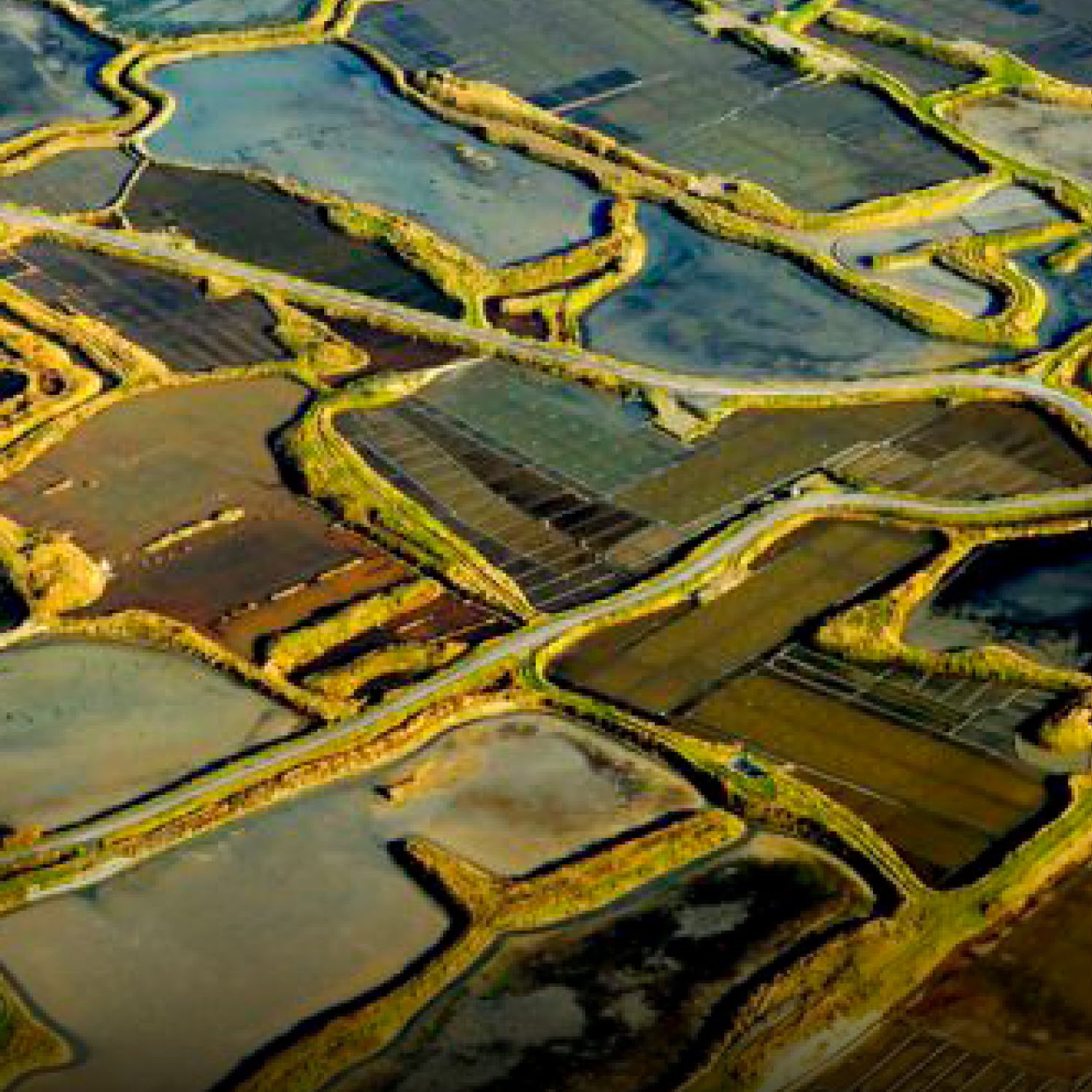
Member Since 1981
Paul A. Johnson
Senior Scientist and Fellow, Los Alamos National Laboratory
Paul Johnson is a staff member at the Los Alamos National Laboratory in Los Alamos, New Mexico, USA. His interests are in the physics of faulting and fracturing, the elastic and nonlinear elastic and plastic properties of materials, and application of machine learning methods to geophysical problems. Johnson has published over 200 peer-reviewed papers, co-authored 9 book chapters, and co-authored a book (with R. A. Guyer) on the nonlinear elastic properties of Earth materials. Johnson holds
Professional Experience
Los Alamos National Laboratory
Senior Scientist and Fellow
1984 - Present
Education
University Paris-Sorbonne
Doctorate
1997
University of Arizona
Masters
1984
University of New Mexico Department of Earth and Planetary Sciences
Bachelors
1978
Show All Education
Show Less Education
Honors & Awards
Union Fellow
Received January 2011
Citation
For creativity and leadership in nonlinear elasticity of Earth materials, relating them to materials science in general, and for novel applications to earthquake triggering.|For creativity and leadership in nonlinear elasticity of Earth materials, relating them to materials science in general, and for novel applications to earthquake triggering.
See Details
Close Details
Publications

Seismic Features Predict Ground Motions During Repeating Caldera Collapse Sequence
Applying machine learning to continuous acoustic emissions, signals previously deemed noise, from laboratory faults and slowly slipping subduction&...
June 10, 2024

Mapping Glacier Basal Sliding Applying Machine Learning
November 08, 2023

Machine Learning Developments and Applications in Solid‐Eart...
January 18, 2023

Predicting Future Laboratory Fault Friction Through Deep Lea...
October 10, 2022

Attention Network Forecasts Time‐to‐Failure in Laboratory Sh...
November 11, 2021
AGU Abstracts
Seismic fingerprint predicts ground motions during the 2018 Kilauea collapse sequence
RUPTURE AND DEFORMATION PROCESSES, FROM SLOW TO FAST AND FROM MICRO TO MACRO I ORAL
mineral and rock physics | 14 december 2023
Christopher W. Johnson, Paul A. Johnson
Applying machine learning has demonstrated that acoustic emissions from laboratory earthquake faults contain signatures regarding the workings of the ...
View Abstract
Measuring the orientation of SHmax using ambient seismic noise
GEOPHYSICAL CONSTRAINTS ON CRUSTAL STRESS AND STRUCTURE IN THE AGE OF MACHINE LEARNING I ORAL
tectonophysics | 17 december 2021
Andrew A. Delorey, Goetz Bokelmann, Christopher W....
The orientation of SHmax, the maximum horizontal compressive stress, is important for geodynamical modeling and understanding earthquake hazards, as w...
View Abstract
Predicting the Future Fault Frictional Coefficient in a Shear Experiment Applying Deep Learning
FAULT-SLIP ACCELERATION: FROM SLOW TO FAST, FROM THE LAB TO THE FIELD, AND IN BETWEEN I ORAL
mineral and rock physics | 15 december 2021
Kun Wang, Christopher W. Johnson, Kane Bennett, Pa...
In a canonical paper (Rouet-LeDuc et al., 2017) it was shown that the acoustic emission (AE) recorded in laboratory shear experiments is rich with inf...
View Abstract
Volunteer Experience
2023 - 2024
Member
Mineral and Rock Physics Fellows Committee
Check out all of Paul A. Johnson’s AGU Research!
View All Research Now


